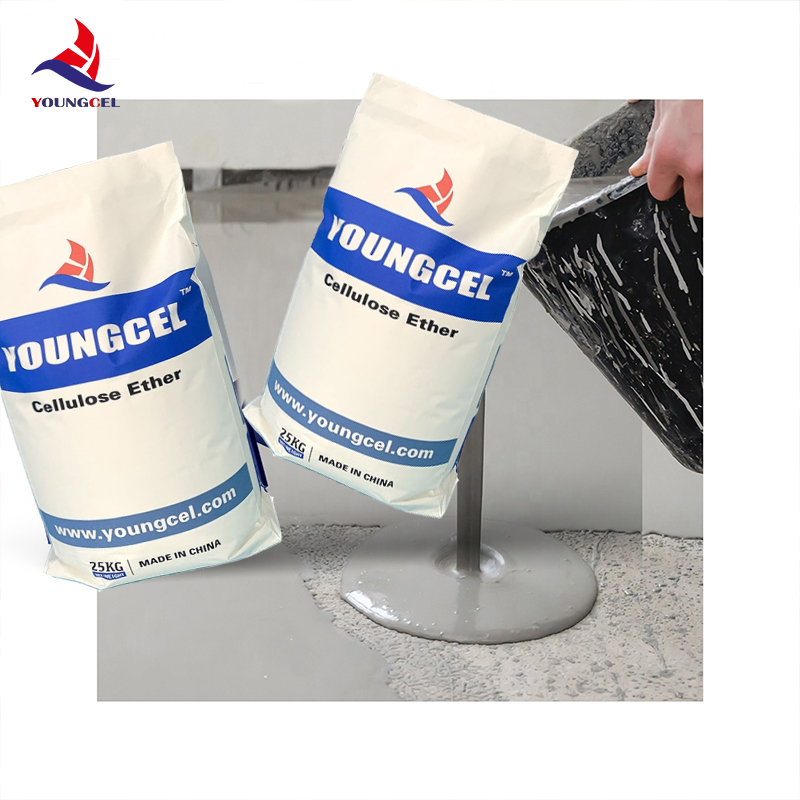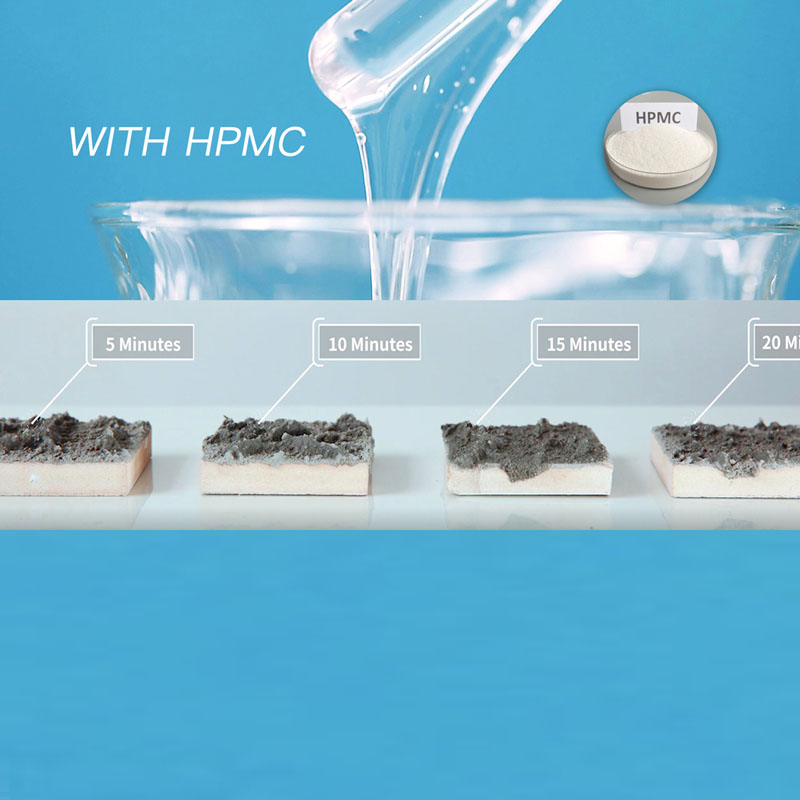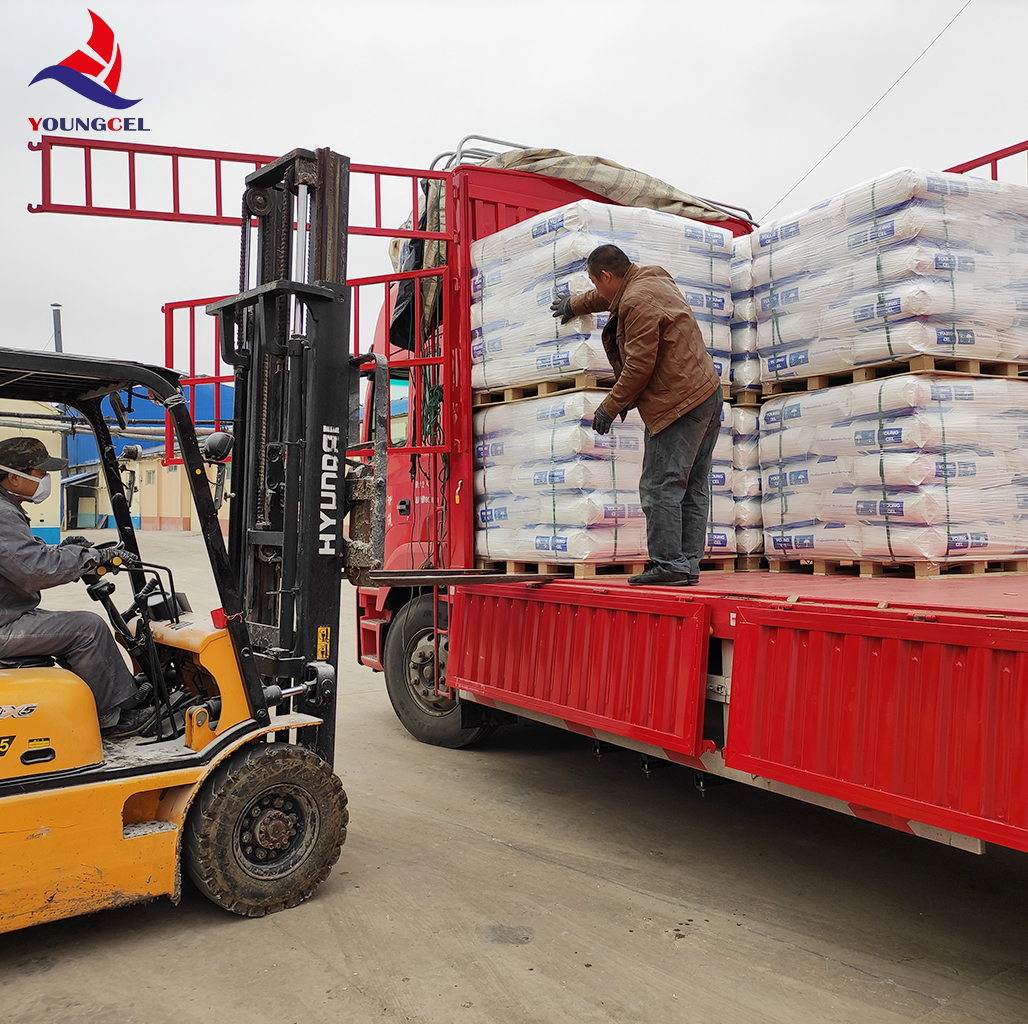Inside the Market: High-vis HPMC That Actually Performs on Site
If you build mortars for a living, you learn fast that not all cellulose ethers are equal. I’ve stood in batching rooms in Hebei and in tile adhesive labs in the EU, and one name keeps popping up: High viscosity 200000 HPMC powder industrial grade hydroxypropyl methyl cellulose ether. To be honest, it’s a mouthful—yet the value shows in the bucket: smoother trowel feel, better water retention, fewer callbacks.

Why high-vis HPMC is trending
The construction chemicals market is prioritizing open time and anti-sag—especially with larger-format tiles and warmer jobsite temps. High-vis grades (≈200,000 mPa·s) give formulators a wider safety margin, and surprisingly, with good surface treatment, they still disperse cleanly in cold water. Many customers say it reduces batch variability—big deal when your sand moisture swings.
Technical snapshot (industrial grade)
| Product | High viscosity 200000 HPMC powder industrial grade hydroxypropyl methyl cellulose ether |
| CAS | 9004-65-3 |
| Viscosity (2% sol., 20°C) | ≈200,000 mPa·s (Brookfield LV, ASTM D2196) — real-world may vary ±10% |
| Methoxy / Hydroxypropyl | ≈19–24% / ≈4–12% |
| Moisture / Ash | ≤5% / ≤1.5% (ISO 2144) |
| pH (1% sol.) | 6.0–8.0 |
| Appearance / Mesh | White to off-white powder / 80–120 mesh |
| Certifications | ISO 9001:2015, RoHS compliant (supplier-declared) |

Applications and advantages
- Tile adhesives (EN 12004): higher open time, reduced slip, creamy spread
- Gypsum/gypsum-lime plasters: water retention, crack control
- Cement skim coats/putties: improved sag resistance and finish
- Detergents and liquid cleaners: stable thickening, clarity retention
- Paints/coatings: flow leveling, anti-splash in high-PVC systems
Key perks many labs report: high water retention, consistent viscosity, and good purity (low ash). In fact, on warm days this alone can save a tile job.

From cotton to polymer: process flow (summary)
Materials: refined cellulose, NaOH (alkali), methyl chloride, propylene oxide, solvent system. Method: alkaline etherification (slurry process), precise substitution control, neutralization, washing, drying, milling, optional surface treatment for delayed hydration. Testing: viscosity (ASTM D2196), water retention in mortar (EN 1015-8), slip (EN 1308), density and sieve, pH, ash. Service life: 24 months sealed; store cool and dry.
Vendor comparison (field notes)
| Item | Youngcel 200K HPMC | Vendor A (150K) | Vendor B (200K econ) |
|---|---|---|---|
| Viscosity stability | Tight ±8–10% lot-to-lot | ±15–20% | ±15% (reported) |
| Water retention (EN 1015-8) | ≈97–99% at 0.3–0.4% | ≈94–96% | ≈95–97% |
| Surface treatment | Cold-water dispersible | Optional | Basic |
| Certifications | ISO 9001:2015 | — | ISO pending |

Customization and real cases
Customization: viscosity windows (60K–200K), surface-treated vs. non-treated, mesh size, and tailored methoxy/hydroxypropyl balance for set-retard vs. workability.
Case 1 (MENA tile adhesive maker): swapping to High viscosity 200000 HPMC powder industrial grade hydroxypropyl methyl cellulose ether at 0.35% raised water retention from 93% to 98% (EN 1015-8) and cut slip from 2.5 mm to 0.8 mm (EN 1308). Crew feedback: “longer open time, less tile creep.”
Case 2 (EU gypsum plaster): dosage 0.25% improved wet edge by ≈6 minutes and reduced surface dusting; Brookfield viscosity consistency tightened by ≈9% across 6 lots.
Customer note: “It seems our rework dropped noticeably—hard to quantify, but site supervisors stopped complaining.”

Logistics and service
Origin: No.1 Shifu East Road, Gaocheng District, Shijiazhuang, Hebei, China. Typical packing: 25 kg paper bags with PE liner; palletized loads available. Shelf life ≈24 months. For detergents and coatings, ask for low-salt, high-clarity variants.
If you’re tuning a mortar for summer heat or larger tiles, this grade is a sensible starting point—then tweak fillers and polymer redispersibles around it.
References
- ASTM D2196 — Standard Test Method for Rheological Properties Using Brookfield Viscometers.
- EN 1015-8 — Methods of test for mortar: Determination of water retentivity of fresh mortar.
- EN 12004 — Adhesives for ceramic tiles: Requirements, evaluation of conformity, classification.
- ISO 9001:2015 — Quality management systems — Requirements.
-
Understanding Methyl 2 Hydroxyethyl Cellulose: Uses, Benefits & Industry InsightsNewsNov.24,2025
-
Hydroxyethyl Methyl Cellulose HEMC: Industrial Uses, Benefits & Future TrendsNewsNov.23,2025
-
HEMC Cellulose: Versatile & Sustainable Industrial Polymer | YoungcelNewsNov.23,2025
-
Methyl Hydroxyethyl Cellulose: Versatile Building Block for Industry & SustainabilityNewsNov.23,2025
-
CAS 9032 42 2: Understanding Polyvinyl Alcohol's Impact on Industry & SustainabilityNewsNov.22,2025
-
Hydroxyethyl Methyl Cellulose: Versatile Solutions for Modern Industry and SustainabilityNewsNov.22,2025




